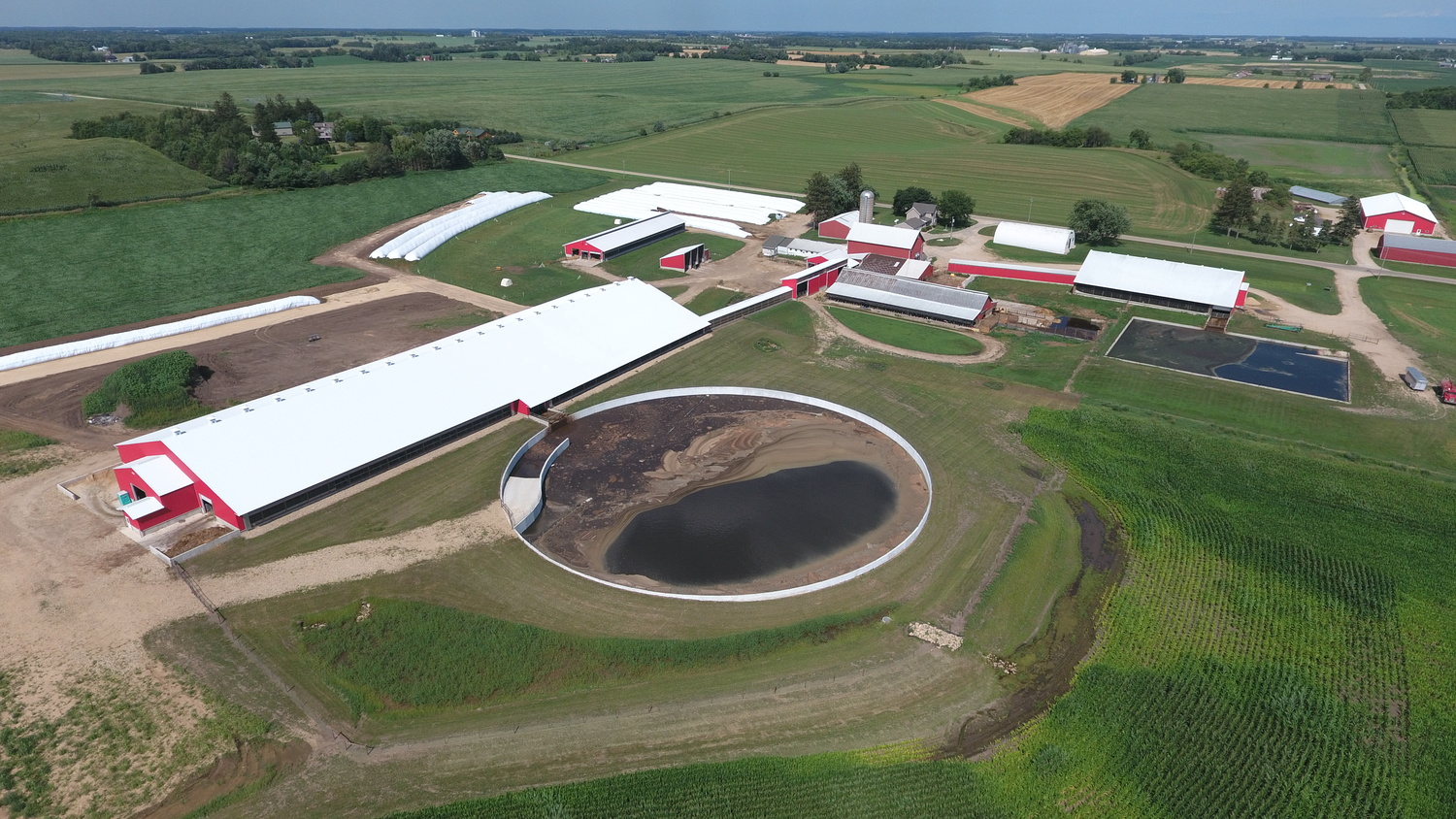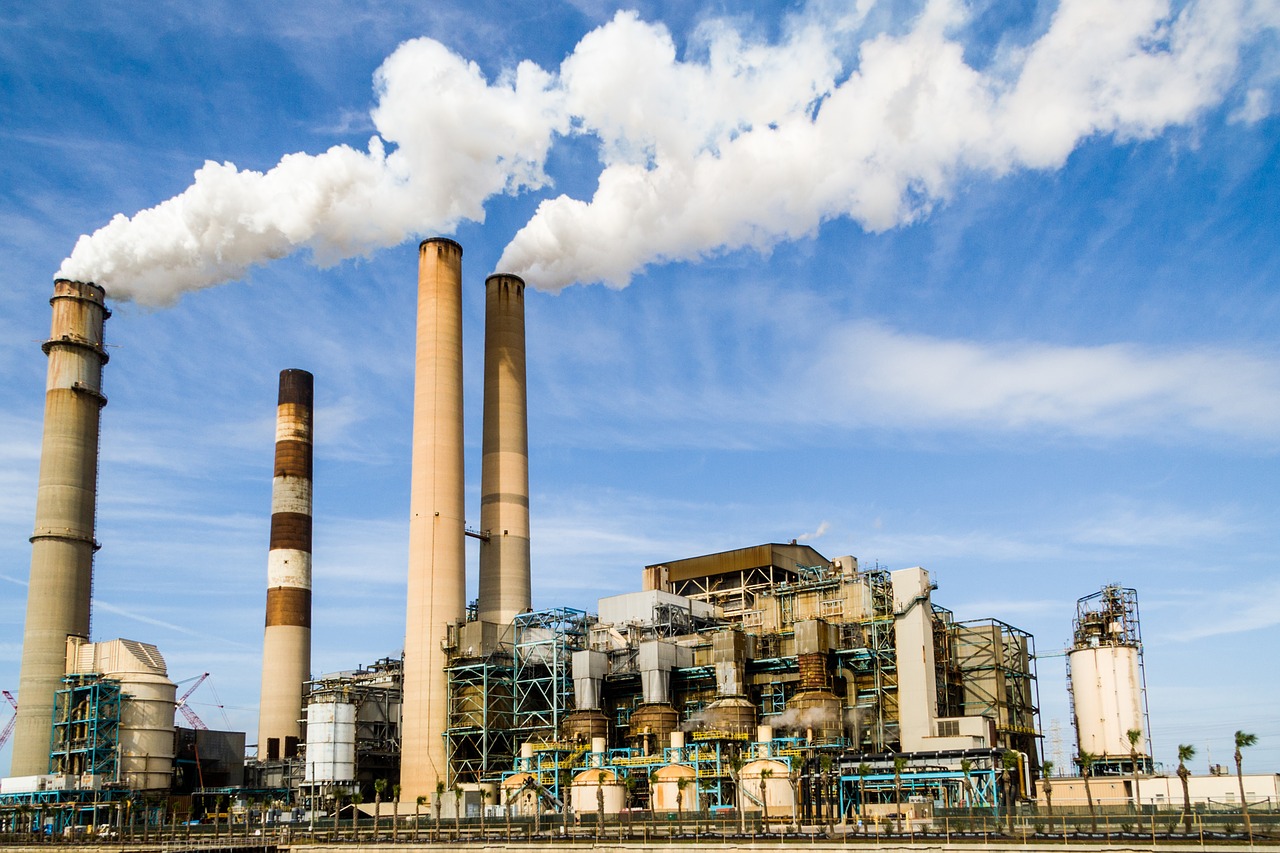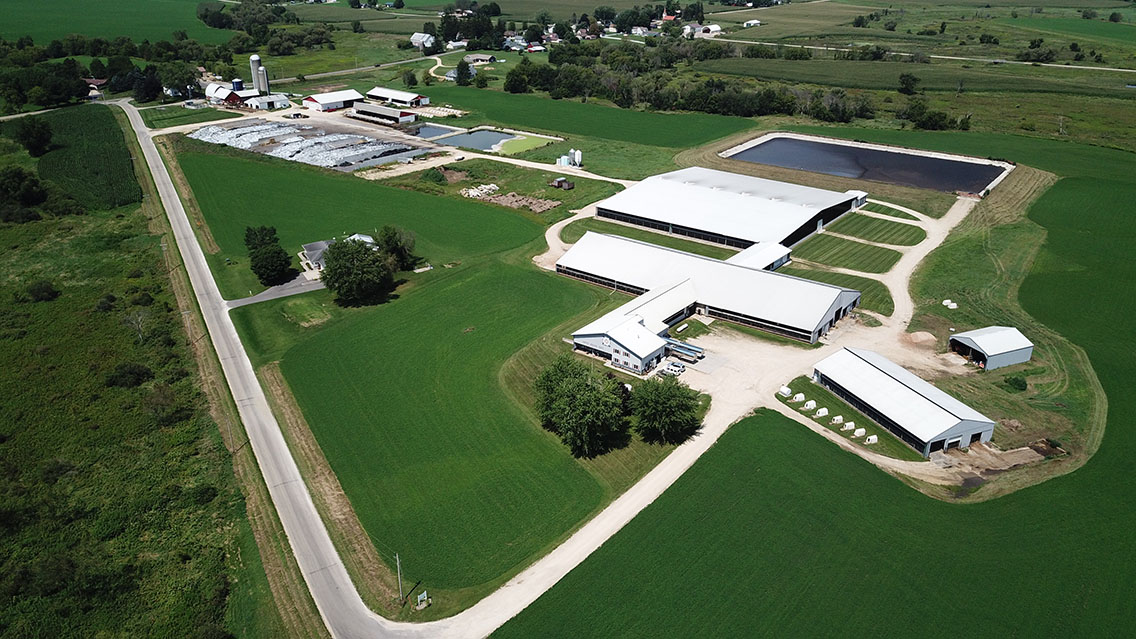Today’s dairy farmers are bringing much more than milk to market. They’re bringing carbon credits, with the opportunity to broker deals in a carbon trading market that is paying dividends.
The incentives are both altruistic and financial. Being a part of a global movement to reduce greenhouse gases and slow climate change is one motivating factor; helping large companies — including those in the dairy supply chain — balance carbon emissions and comply with regulations is another. There are financial benefits, too, and a recent flurry of activity to get involved is causing some carbon market experts to refer to the surge as America’s latest Gold Rush.
Carbon Credits and Market Options
A carbon credit is a tradeable instrument that represents the removal or prevention of one tonne of carbon dioxide equivalent greenhouse gas emissions from the atmosphere. Farms can produce the credits which can then be sold into the voluntary or the compliance market. When they are sold into the compliance market, they become a permit for the buyer who has a regulatory obligation to reduce their own emissions.

Broadly speaking, there are two types of carbon credits a farmer can generate and two different markets within which to trade or sell: the voluntary and the compliance market.
The voluntary carbon market includes companies, organizations and public or private entities that choose to purchase credits and use them toward meeting predetermined social or environmental responsibility goals. It is facilitated by several certification programs called “registries” which provide the guidance, standards and requirements for participation. The voluntary market operates independent from the compliance markets.

The compliance carbon market, on the other hand, consists of policy-driven programs whereby companies, organizations and public or private entities purchase or surrender emission permits, including offsets, in order to meet regulatory requirements as set forth by either state, regional, national or international reduction mandates. The policies create markets within which dairies and other entities can produce and sell credits. Generally, large greenhouse gas emitters like oil refineries and other substantial energy producers and consumers have a cap set on the amount of greenhouse gases that they can emit. This cap takes the form of a fixed amount of emissions, or a percentage of their energy portfolio. In these programs, entities that reduce emissions or produce low carbon fuels can produce and sell credits to the regulated entities that need to reduce their emissions. An example is dairy farms that produce biogas through anaerobic digestion of their manure, and then use it to produce renewable electricity or renewable natural gas (RNG) from dairy manure.
The voluntary and compliance carbon markets created through these programs experience commodity pricing. Here, the carbon credits are priced based on supply and demand, and are usually sold via direct contract agreements between seller and purchaser but can also be sold through exchanges.
The voluntary carbon market is global, but often buyers want credits that have a connection to their business or industries. For example, a company that sells yogurt or ice cream may have a preference for buying credits produced by dairies in their region.
Compliance carbon markets also exist around the world but are most relevant to each jurisdiction governed by a regulation. The U.S. EPA has a carbon market through the Renewable Fuel Standard where the credits produced are called Renewable Identification Numbers, or “RINs.” These credits are the “currency” of the program and may be generated, bought and sold or traded within the marketplace by obligated parties such as refiners and importers of gas/diesel or producers and exporters of renewable fuels.
California’s Carbon “Gold Rush”
In the United States, California’s carbon market is one the largest as a result of their ambitious climate policies that have been in place for more than a decade. In addition, California’s economy is one of the largest in the world—larger than most countries, so there are a lot of emissions that the policies mandate reducing. It is for these reasons that prospective program participants such as dairies and agricultural producers are keeping attentive watch on California trading. And, why other states across the country such as Oregon, Washington, and New York are taking preliminary steps to develop similar carbon marketplace programs.
California’s Cap-and-Trade Program allows oil, utility and manufacturing companies an annual cap on their carbon emission numbers and are required to reduce emissions, which many do by purchasing carbon offset credits in the form of forest conservation projects that sequester carbon in the soil, industrial projects that destroy refrigerants, or dairy biogas projects that produce renewable energy, among others.

California’s other big carbon market is called the Low Carbon Fuel Standard where producers and distributors of fossil fuels have to reduce the “carbon intensity” of their total fuel mix. They can reduce emissions within their operations, or they can buy credits from producers of low-carbon fuels. In this program, dairy biomethane (aka RNG) credits are some of the most valuable because when the methane that usually bubbles out of a lagoon is instead captured via anaerobic digestion, the resulting renewable fuels are actually carbon negative—meaning that more emissions are removed from the atmosphere in their use than are created in their production.
For agricultural producers, the result is a win-win. By adopting advanced manure management practices or investing in anaerobic methane digester systems, farmers can deliver both significant environmental benefits and also yield significant financial rewards.
Be sure to check out Part II of this series, which addresses the role of farmers and producers in the carbon trading market. This article identifies opportunities for greenhouse gas reductions, credit generation, and how anaerobic methane digesters are pioneering agricultural participation in the carbon marketplace.
To learn more about how MSA or Ag Methane Advisors can help, reach out today and get the conversation started.
MSA has been a trusted advisor and engineer for many farms across the Midwest, assisting with farmstead planning, facility expansion, design, manure management, permitting, funding and more. Specific to the reduction of emissions, MSA works with solids separation, manure processing, sand separation and equipment selection – helping farmers to make the right selections for the right scale, needs and goals. Click here to learn more about MSA’s agricultural services.
Ag Methane Advisors is a niche consulting firm based in Vermont that helps dairies across the country benefit from carbon markets. With more than 14 years of experience with dairy methane digesters and carbon markets, Patrick Wood and his team can help dairies make informed decisions with a focus on their goals and priorities. Ag Methane Advisors has been providing carbon market consultation and accounting services to dairies since 2011, specializing in strategic planning, financial valuation, project monitoring, data management, verification management, registration and offset sales.

